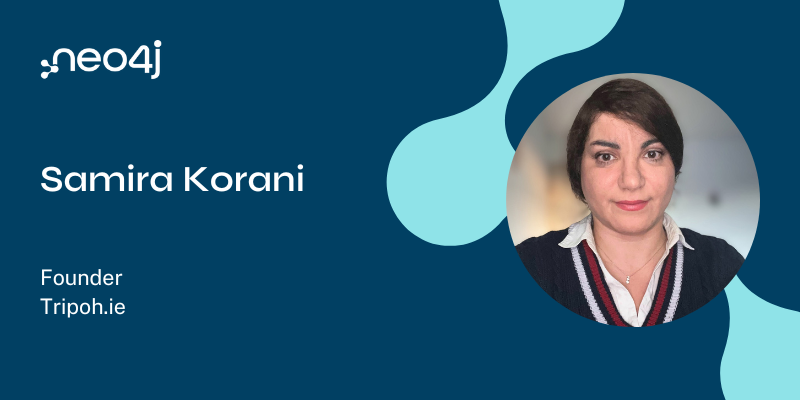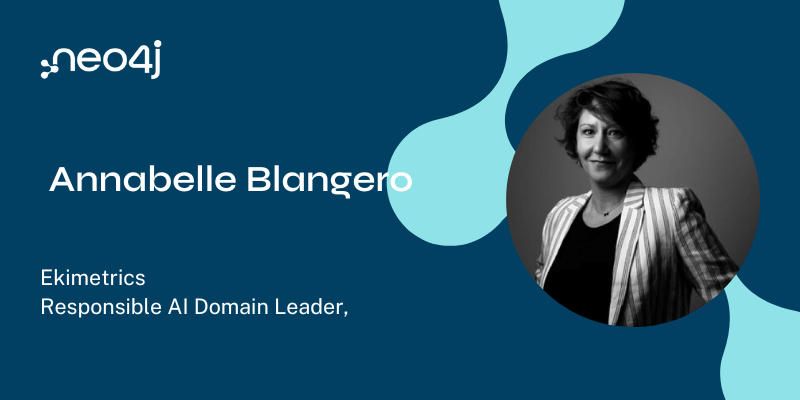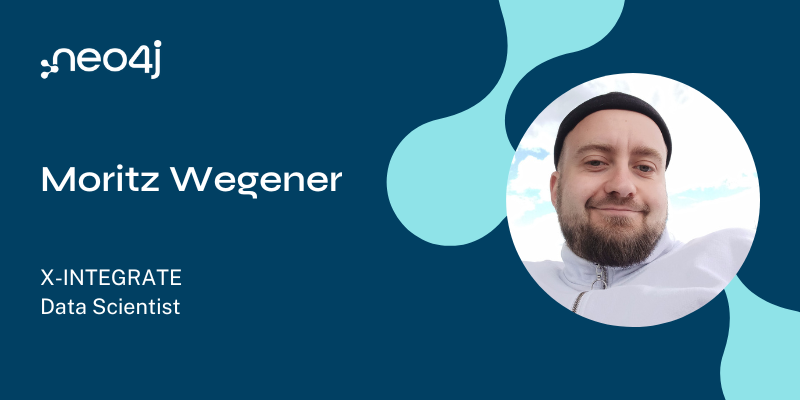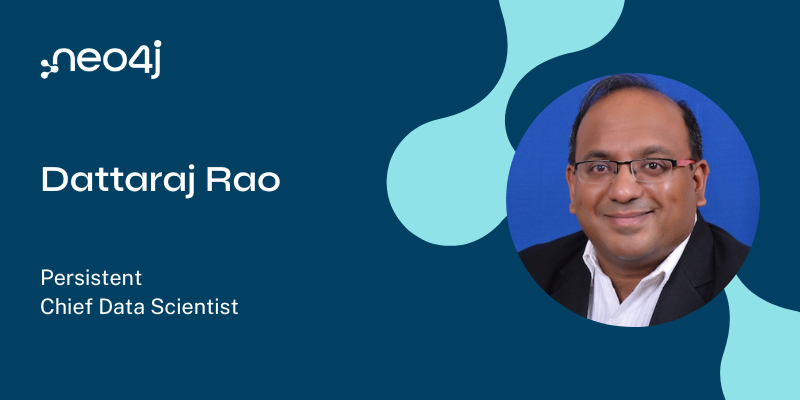This Week in Neo4j – API Summit, GraphQL, Modeling, Nextjs, Image Recognition, KarateClub, Migration

Curriculum Developer at Neo4j
5 min read
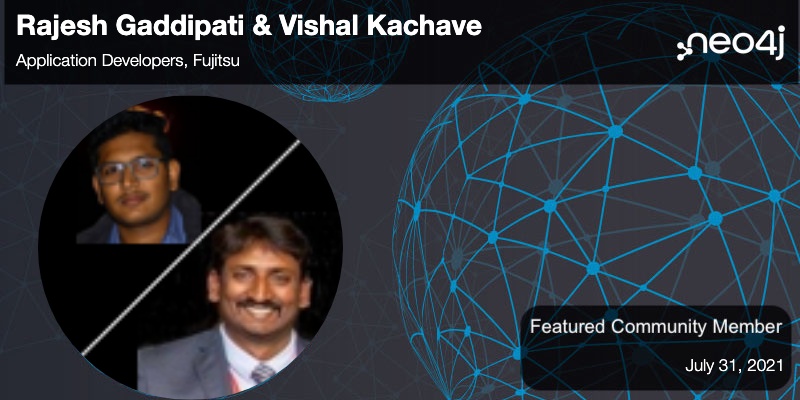
Hello, everyone!
I hope you are having a great summer and can take some time to refresh yourselves.
In spite of the summer hiatus, many folks have been busy doing Neo4j-related work!
This week, we highlight Rajesh Gaddipati and Vishal Kachave as our featured community members.
They presented at the API Summit 2021 conference about how they used the GraphQL API and Neo4j in their work at Fujitsu.
Lju Lazaravic and Alex Erdl from Neo4j have begun a weekly series where they walk through how to model a particular dataset and create a graph in AuraDB Free.
Will Lyon has again posted an interesting tutorial. His latest is about building a GraphQL Server with Next.js and Vercel.
Marco Del Coco from GraphAware describes how he used Hume to create an image recognition application.
Tomaz Bratanic describes how he uses both the Neo4j Data Science Library and KarateClub to create node embeddings for graph analysis.
And finally, Michael Simons from Neo4j points us to a migration tool that can be used to migrate applications with embedded Neo4j.
Featured Community Members: Rajesh Gaddipati & Vishal Kachave
This week’s featured community members are Rajesh Gaddipati and Vishal Kachave. They collaborated recently on a session for the API Summit 2021 where they presented how they used GraphQL and Neo4j.
Rajesh is very active in the Twitter community and has actively followed and retweeted posts related to Neo4j, NODES 2021, and GraphQL.
Thank you Rajesh for your enthusiasm and support!
Rajesh is also a Certified Neo4j Professional.
He uses his Neo4j and GraphQl expertise to develop applications for Fujitsu, where he leads the Graph Analytics stack.
Vishal has developed GraphQL applications that use Angular and React JS, as well as GraphQL and Neo4j at Fujitsu.
He is part of the Centre for Emerging Technologies team at Fujitsu.

Rajesh Gaddipati & Vishal Kachave – This Week’s Featured Community Members
Talk: API Summit 2021 – GraphQL and Neo4j

Rajesh Gaddipati and Vishal Kachave presented at the API Summit 2021 on “The Role of GraphQL in Emerging Technologies.”
They compared graph databases with relational databases, demonstrated a REST API, and compared it with a GraphQL API, explaining the differences and the benefits of each approach.
Then they introduced and demonstrated using the Neo4j GraphQL library, providing an API for inserting and serving the conference data with Neo4j AuraDB Free as a back-end database.
Using that data, they ran some advanced queries on top of the last five years of conference data to show the power of a graph using Neo4j Browser and Bloom.
Discovering Neo4j AuraDB Free with Lju and Alex

My colleagues here at Neo4j, Lju Lazaravic and Alex Erdl, have started a weekly live-streaming event that will occur on Mondays.
Every week, they will hold a session that shows you how to model and load a particular dataset into a Neo4j AuraDB Free instance.
The sessions typically last for an hour and will be posted here.
For this week’s dataset, they show you how to model and create a graph with the U.S. National Basketball Association (NBA) data that is publicly available from the FiveThirtyEight site.
Building A GraphQL Server with Next.js

Next.js is an awesome React framework, but did you know you can use it to build backend API endpoints?
Our wonderful GraphQL expert, Will Lyon, wrote a tutorial (with video!) on how to use nextjs API routes to build a GraphQL API with Neo4j AuraDB.
In the tutorial, he also shows you to deploy it as a serverless function with vercel.
Graph-based Image Recognition in Hume

Marco Del Coco from GraphAware published a blog about using Hume for an image recognition application.
In his application, he uses three Hume orchestra workflows to create the knowledge graph.
He employs image processing and clustering back-end services to provide useful views of subjects’ co-occurrences, pictures and subject visualization and maps, and time perspectives.
Integrate Neo4j with KarateClub Node Embedding Package
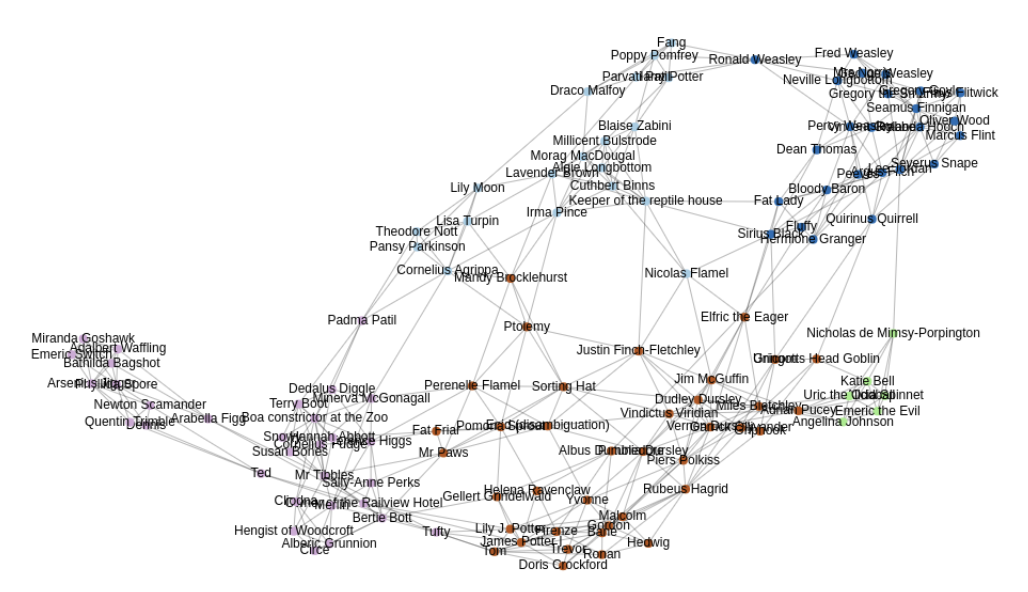
Tomaz Bratanic recently posted a blog that describes how he used node embeddings to analyze the Harry Potter Universe data.
To quote Tomaz: “Node embeddings are helpful when you want to capture network information in a fixed-size vector and use it in a downstream Machine Learning workflow.”
In this blog, he uses the KarateClub API to help him to create a NetworkX graph that is stored in Neo4j.
He then uses a number of graph algorithms, both in the Neo4j Graph Data Science library and the KarateClub library, to create the embeddings used to analyze the data.
In addition, he shares a collab notebook so you can try the algorithms yourself.
Neo4j Instance Migration

Michael Simons, a Neo4j engineer, just released tooling for migrating a Neo4j instance that is embedded in your Java application.
This is a tool for defining Java-based migrations that should be applied and recorded against a Neo4j instance.
The only dependencies are the Neo4j Java driver and ClassGraph, the latter being used to find migrations on the classpath.
Neo4j Migrations is inspired by FlywayDB, an awesome tool for migration of relational databases.
Tweet of the Week
My favorite tweet last week was by Lynn Chiu:
Dumped the bibliography of my Biological Individuality survey into #Neo4j (a graph database) to create citation clusters around main issues, fields of influence, case studies, meta-Qs. This curated network will serve as baseline to see if co-citation softwares hold any water. pic.twitter.com/aRhdFBAvhI
— Lynn Chiu (@drlynnchiu) July 29, 2021
Don’t forget to RT if you liked it too!



